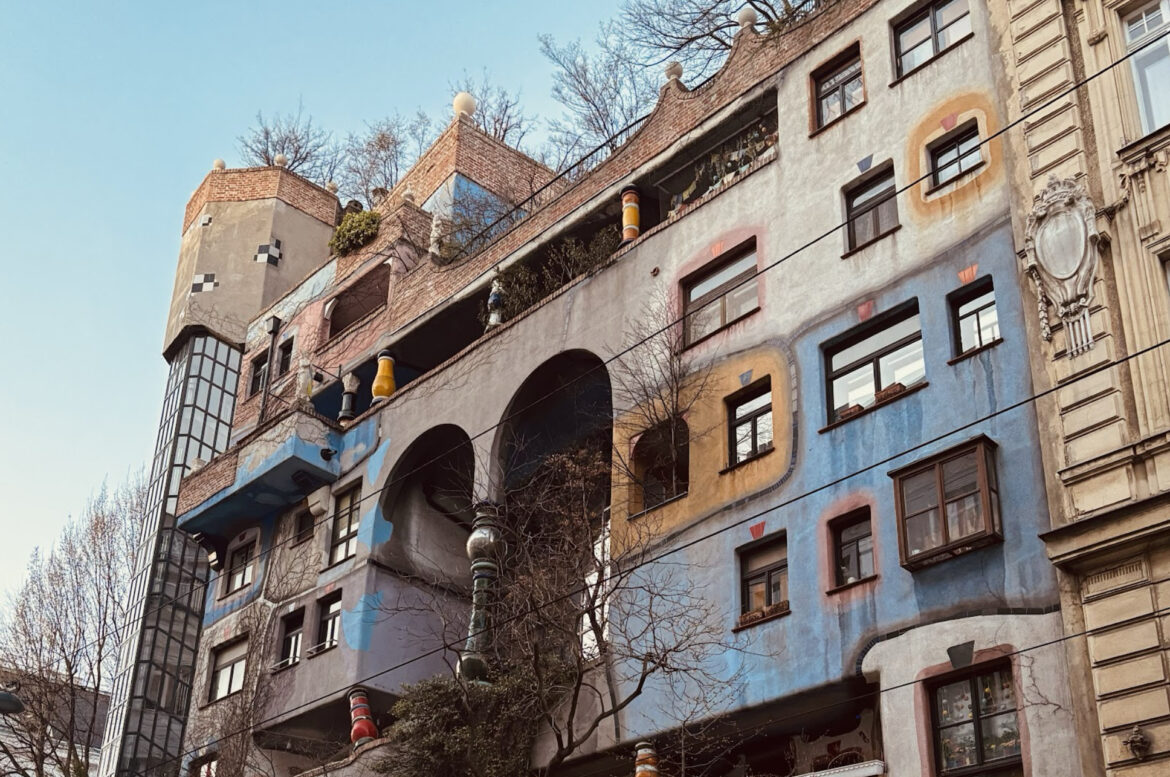On Oct. 11, 1940, white confetti fell like an early blizzard onto the streets of Pittsburgh and the arms of onlookers waved like frenetic tree branches against the backdrop of the city’s brick buildings. President Franklin Delano Roosevelt snaked through the city on his motorcade, on his way to commemorate the completed construction of a new housing project.
During FDR’s first photo-op at the new 10,000-person-capacity Terrace Housing, he presented a golden key to a future resident family: a lovably crow-like steel mill worker Lester, and his smiling wife Linda, adorned with three brown, plump Victory Rolls in her hair.
The Terrace Housing Project, the second of public housing projects to be constructed in Pittsburgh, was a slice of New Deal apple-pie utopia. Thousands of people living in slums were relocated into modern and high-quality housing. Multitudes of public and private services contributed willingly to the community; the Bureau of Parks and Recreation fashioned a 14-acre green space, the Carnegie Library staffed bookmobiles and the Health Department opened clinics. Voluntary leaders also pitched in, organizing sports clubs, garden parties, carnivals and all manners of community organizations.
The opening of a new housing project today, however, would not garner as grand a scene. In just a decade after its promising beginnings, the dream of public housing fell apart. Some argued that the New Deal societal-coalescing energy that brought on public housing could have never sustained itself, but the real reasons for public housing’s decline were set on by particular legislative failures.
The 1949 Housing Act capped construction costs for public housing, incentivizing the use of low-quality materials and setting public housing on a path to decline. The act also limited government subsidies, only allowing them to cover the difference between rent revenue and operational costs, meaning that when infrastructural decay drove wealthier and middle-class families out of public housing, rent revenue fell dramatically while operational costs skyrocketed, forcing the federal government to shell out more funding. Government planners who treated public housing as a last resort exacerbated the issue by supporting the relocation of higher-income and predominantly white families, effectively segregating neighborhoods. The follow-up Housing Act of 1954 made it policy to “establish rent schedules [charts] that encourage the gradual transition of tenants to private housing accommodations as their income improves.”
Over time, government mismanagement led public housing projects to become increasingly segregated, impoverished and insular communities with high rates of crime and substance abuse. This desolation further antagonized anti-welfare forces in the government who viewed continued funding for public housing as a subsidy for criminality. The federal government issued a full stoppage in subsidies in 1974, with President Richard Nixon justifying this action by decrying that the federal government had become the “biggest slumlord in history.”
While crime has fallen and infrastructure has improved since the 1970s, conditions frequently remain inhospitable, and to many suburb dwellers, the idea of being resigned to public housing is still stigmatized. In the case of NIMBYs — or not-in-my-backyards, even pro-public housing voters are often anti-being near public housing.
But in this time of persistent price gouging by private housing entities, effective government housing is needed to bring inexpensive living back to American cities. In addition to lowering the cost of living, effective government housing could ease the anti-welfare attitudes that contributed to its failure. The stigma and flawed system surrounding public housing makes it difficult to expand it, but it doesn’t have to be so.
To understand how we can rewrite the stereotypes of U.S. housing and prevent its smothering by anti-welfare elements, we can compare our system to that of Vienna’s, a city with a successful public housing program that has served as inspiration to city officials worldwide.
Vienna’s public housing program, known as social housing, began in 1919 during the city’s “Red Vienna” era, amid a similar to but pre-New Deal zeitgeist that the government should provide quality resources, especially housing, for its citizens. Vienna’s public housing’s long-term success shows us that New Deal housing solutions weren’t naive — they were mismanaged and prematurely abandoned.
While social housing in Vienna began while it was colored “red,” the city is not the kind of dreary, impoverished socialist metropole that induces nausea in some American stomachs. While 62% of Vienna’s citizens live in social housing, the city has been ranked the world’s most livable by The Economist’s Intelligence Unit for three years running and is the capital of the world’s thirteenth richest country by GDP per capita. In 2019, inspectors found 92% of federal public housing units violated health and safety norms — while inhabitants of Viennese social housing often enjoy clean living spaces, located close to public transportation and with amenities reminiscent of the Pittsburgh Terrace Living community: libraries, kindergartens, green spaces and clinics are often incorporated into Viennese social housing developments.
So why has Vienna’s social housing program blossomed while public housing systems in American cities have generally crumbled? To state the obvious, Vienna’s system is better funded and less privatized than any in America. The city levies a 1% federal tax on all Austrians, owns the housing’s long-term land leases rather than private developers and sets housing costs outside of the market. But Vienna’s social housing program differs most uniquely and ingeniously from American programs in what it considers its purpose to be. American public housing is currently treated as a last resort: in New York City’s public housing for example, the average family income is just under $25,000, significantly lower than the city’s median of $80,000, and below the federal poverty line.
However, in Vienna, public housing is truly for the public, treated as it was in FDR’s America, as a normal resource available for the majority of its citizens. Three-quarters of Vienna’s population qualify for social housing and income distribution levels are nearly identical between inhabitants of private and of public housing. But this difference isn’t only due to Western European welfare philosophy; a wide income spread was intentional.
For a variety of reasons including lack of opportunity, unstable family dynamics and underfunded public resources, insulated low-income communities often have higher rates of social conflicts like crime. This fact is a common point of exploit used by anti-welfare interests in the U.S. to shut down public housing and other welfare programs. A Viennese system of mixed-income public housing would lower the propensity for those social conflicts, lowering the political burden on the federal government. Extending public housing development as a normal resource to the politically-influential middle class would also ensure that the government has a vested interest in its upkeep.
Adopting a Viennese attitude toward public housing would also alleviate one of its most negative aspects: its insulation and lack of acceptance. In the same speech as when he claimed that support for public housing has made the government the world’s largest slumlord, Nixon stumbled upon a key reason why such projects were destined for abnormality and failure: “So many poor people are concentrated in these projects that they feel disconnected from the mainstream of American life.”Stepping into many U.S. public housing projects, you often feel a world apart from the city in which you are in — the city and its public housing projects are intentionally separated and, moreover, segregated.
In Vienna, public housing projects are not pushed away from the general commotion; they are spread out and incorporated into the general milieu of the city. If public housing becomes interwoven into American cities, not just in out of the way neighborhoods, then the resource it provides will become more accepted and normalized.
The success of Vienna’s public housing system proves that grand public housing efforts don’t have to be justified by a catastrophe as extreme as the Great Depression that launched the New Deal. Public housing’s success in America rests in by expanding its social, economic and geographic reach and building a broader constituency of support: bringing housing to the public and sticking a more general “public” back to housing.



Comments are closed.